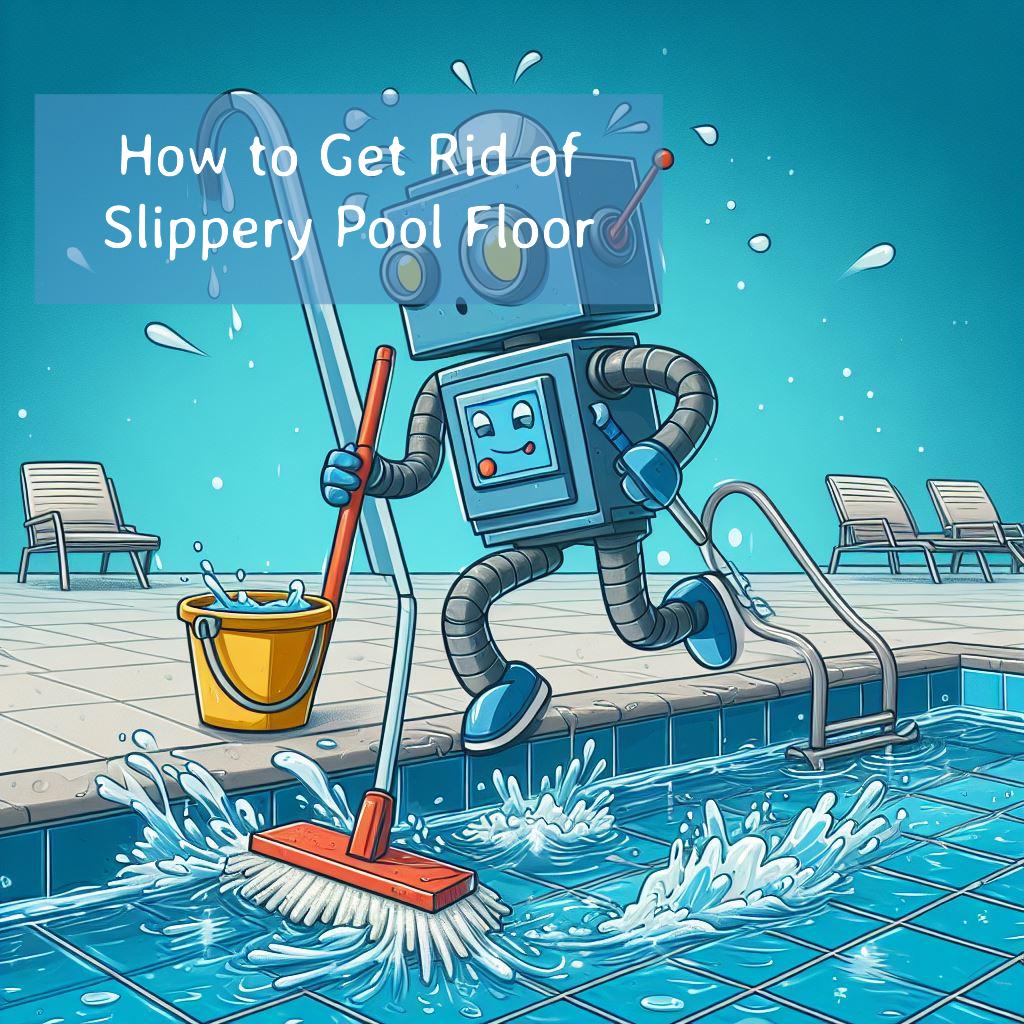Slippery pool floors can be a safety hazard, turning a fun family activity into a risky endeavor. The sensation of slipping as soon as you step into the pool is not only unpleasant but can also lead to falls and injuries. Understanding the causes of this slipperiness is the first step towards creating a safer pool environment for everyone.
Often, the slick surface is due to a buildup of algae or bacterial colonies that thrive in pool conditions. These microorganisms can create a biofilm that coats the pool floor, making it feel slimy and slippery. Regular maintenance and proper chemical balance are crucial in preventing these organisms from taking over your pool.
Another common cause of a slippery pool floor is the presence of body oils, sunscreens, and other substances that swimmers bring into the water. These can accumulate over time and create a film on the pool’s surface that reduces friction, making it harder to maintain a firm footing.
Identifying the Causes of Slipperiness
To effectively tackle the problem of a slippery pool floor, it’s essential to identify the root causes. Algae growth is one of the most common culprits. Algae spores are constantly introduced into the pool water, and without proper sanitation, they can quickly multiply, forming a slippery layer on surfaces.
Imbalanced water chemistry can also contribute to the issue. High pH levels and inadequate sanitizer levels can reduce the effectiveness of pool chemicals, allowing algae and bacteria to flourish. Regular testing and adjustment of pool water chemistry are vital to keep these factors in check.
Environmental factors such as excessive rain, high temperatures, and heavy pool usage can upset the delicate balance of your pool’s ecosystem. These conditions can accelerate the growth of algae and bacteria, making it more challenging to maintain a non-slippery surface.
Lastly, the type of pool surface can also affect slipperiness. Certain materials may become more slippery when wet, especially if they are not textured or treated with anti-slip coatings. It’s important to consider the material of your pool floor when addressing slipperiness issues.
Preventive Measures and Maintenance
Maintaining a non-slippery pool floor starts with regular and thorough cleaning. Brushing the pool walls and floor disrupts biofilm formation and removes the early stages of algae growth. Vacuuming the pool also helps to eliminate debris that can contribute to slipperiness.
Chemical treatments are another line of defense. Utilizing algaecides as part of your maintenance routine can prevent algae from establishing itself. Shock treatments can also be effective in killing off any existing algae or bacteria, restoring the pool’s cleanliness.
Proper filtration is crucial. Ensuring that your pool’s filter is clean and functioning correctly will help to circulate chemicals evenly and remove contaminants from the water. Backwashing or cleaning the filter according to the manufacturer’s instructions is a necessary part of pool upkeep.
Adjusting the water chemistry is also essential. Keeping chlorine levels within the recommended range and balancing the pH can significantly reduce the risk of a slippery pool floor. Regular testing and adjustments will help maintain a safe swimming environment.
Solutions for a Slippery Pool Floor
If preventive measures are not enough, there are additional solutions to consider. Applying a non-slip coating or treatment to the pool floor can provide extra traction and safety. There are various products available that are specifically designed for pool surfaces.
For persistent problems, it may be necessary to consult with a pool professional. They can assess the situation and recommend more targeted treatments or changes to your pool maintenance routine.
In some cases, resurfacing the pool may be the best option. If the pool floor’s material is inherently slippery or has degraded over time, resurfacing with a textured, slip-resistant material can make a significant difference.
Lastly, educating swimmers about the importance of showering before entering the pool and not bringing excess lotions or oils into the water can help minimize the substances that contribute to slipperiness.
In conclusion, a slippery pool floor is a problem that can be addressed with a combination of proper maintenance, chemical balance, and, if necessary, physical modifications to the pool surface. By taking proactive steps and staying vigilant, you can ensure a safe and enjoyable swimming experience for all.
Remember, the key to a non-slippery pool is consistent care and attention to detail. With the right approach, you can maintain a pool that is both inviting and secure, free from the worries of a slippery floor.










